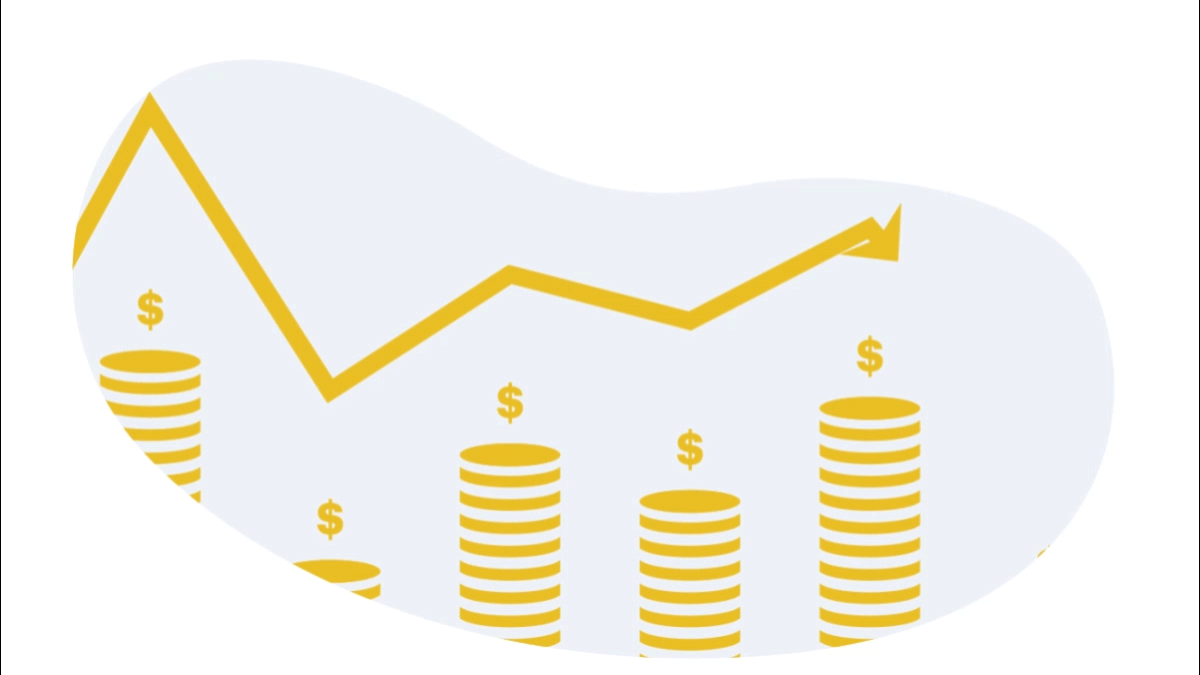Dynamic Pricing Becoming More Common

As businesses continue to look for new ways of attracting consumers and increasing profits in a market of shifting supply and demand, dynamic pricing models have garnered wider attention as potential strategies for driving up revenue and reaching more people. Dynamic pricing models allow businesses to adjust prices in real-time, depending on a variety of changing factors, including: seasonal demand, inventory supply, competitor pricing, supply chain issues, consumer trends, and even the weather. While dynamic pricing has long been used in many industries—particularly those involving travel, transportation, hospitality, tourism, and sports—it can be tricky to implement and can alienate consumers when done poorly.
While every business owner wants to drive up sales, increase conversion rates, and make the business more profitable overall, rushing too fast into a dynamic pricing model can backfire if it alienates or angers the target audience. Some benefits and drawbacks to consider when contemplating a dynamic pricing for a business.
Benefits
Dynamic pricing can:
· maximize profits by taking advantage of the highest price a consumer is willing to pay for a product or service
· provide more pricing flexibility when facing issues with inventory or supply chain
· give customers greater control over how much they pay based on timing and competitor research
· help businesses stay competitive with other companies that change prices frequently
· aid seasonal businesses in moving products or services during slow times
· increase conversion rates for online shoppers
As more and more people research products and shop from their smartphones, dynamic pricing for certain online retailers may be a good way to stay competitive and up-to-date on changing market prices. It can help convert browsers to buyers, especially with high-priced items for which consumers are most likely to comparison shop before committing to a purchase.
While dynamic pricing has been tried successfully in many industries, it has its critics. There are different dynamic pricing models out there, and not every one offers the same rewards. Dynamic pricing must be carefully implemented to reap the financial benefits and is not the best option for all business types. Some drawbacks to consider.
Drawbacks
Dynamic pricing can:
· increase costs by requiring an extensive investment in the digital tools that track and analyze the data needed to determine optimal real-time prices
· require constant assessment and reassessment of consumer habits, competitors, and margins on products
· drive away customers who are more accustomed to fixed pricing
· decrease ROI when the wrong prices are chosen
· alienate consumers who feel manipulated or fear their customer data was used disingenuously
For dynamic pricing to work, consumers need to become more accustomed to prices that change frequently before the model can be widely accepted. In industries where the fixed-price model prevails, many consumers may find dynamic pricing confusing, suspicious, and alienating. Technology tools enable dynamic pricing to be tried and implemented across industries whose consumers are friendly to the model. Software products that are industry-specific and can analyze market demands and competitor pricing offer the best tools for giving data-based guidance on ideal price points for maximum return.
Everyone shops for a good deal, and ever-changing prices may help or hurt that effort. If a consumer does a lot of online product research and lands on a real-time price drop, she or he is likely to buy instantly and feel as if they scored the best possible deal. However, if a consumer learns that he or she paid substantially more than a friend for the same product or service, they are likely to feel resentful and disinclined to patronize the offending business again. This may eventually lead to negative online reviews, lower levels of customer satisfaction, decreases in customer loyalty, and an overall bad reputation—as it has for a number of companies in the past that drew harsh criticism for what was perceived as intentional price discrimination. The benefits and drawbacks of real-time price adjustments have to be carefully weighed and are likely to vary based on industry type and customer expectations.